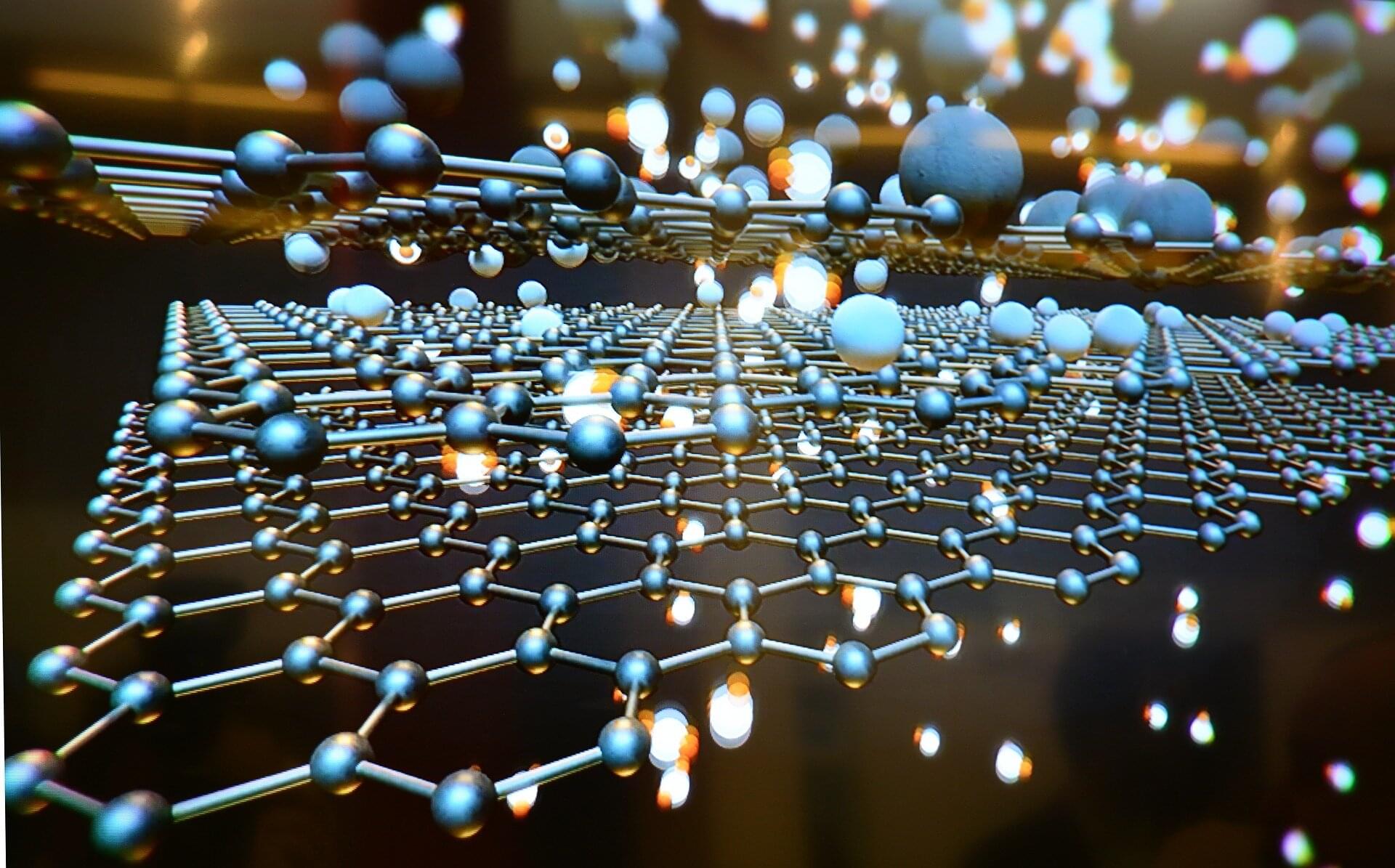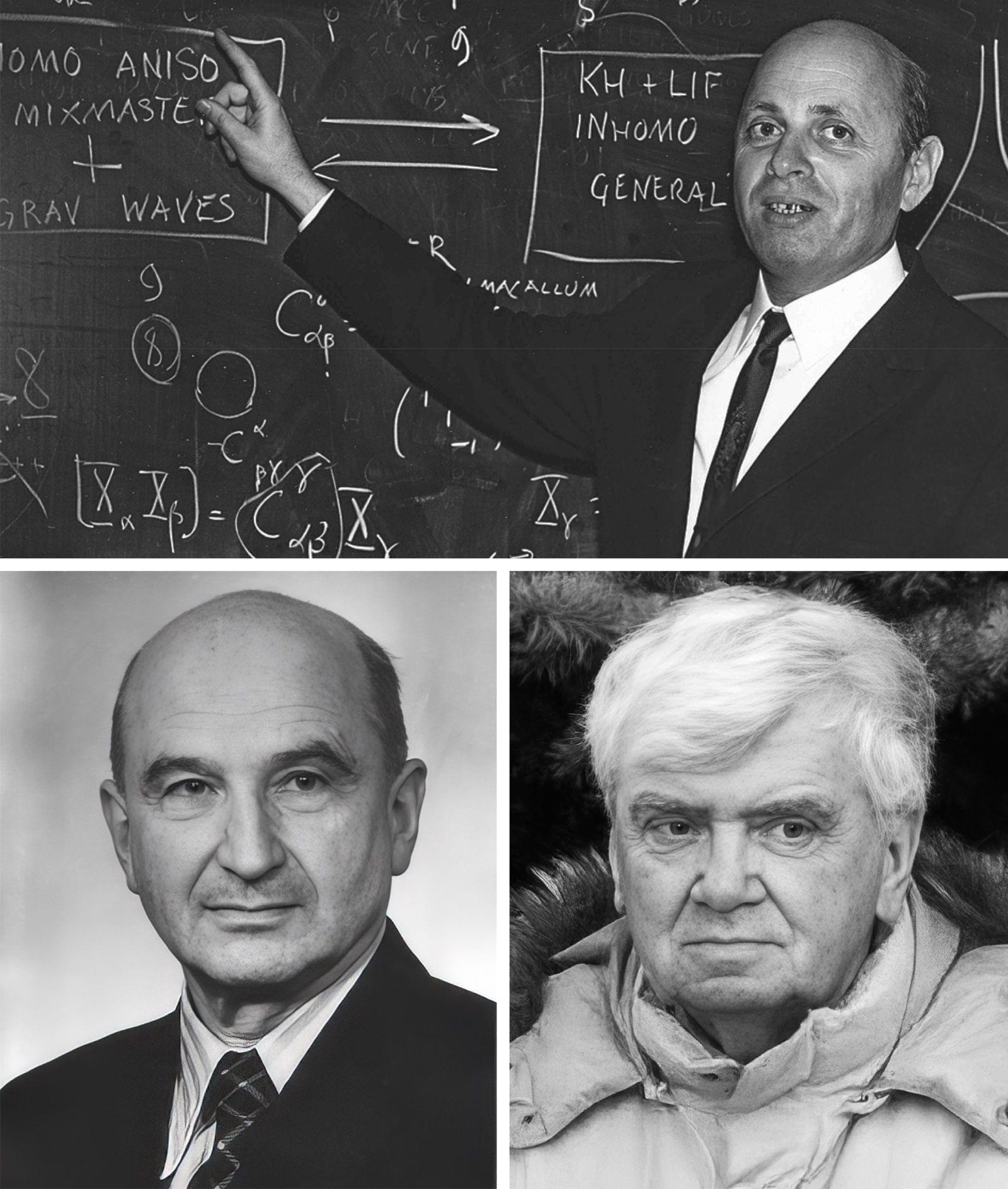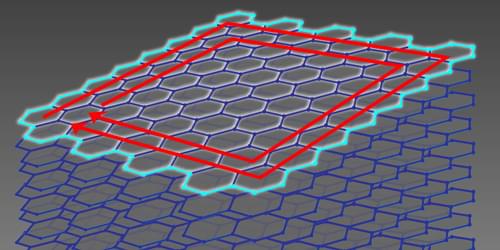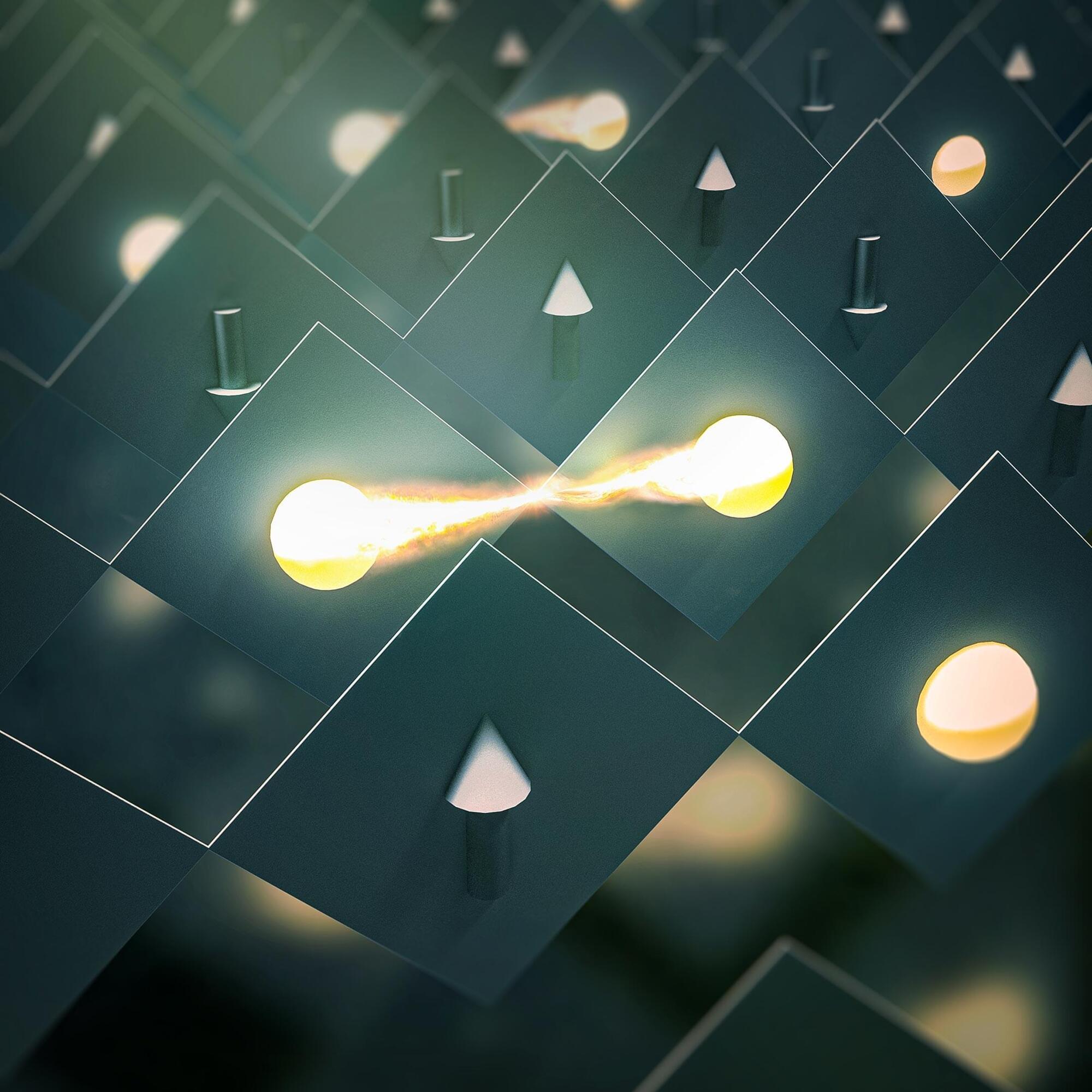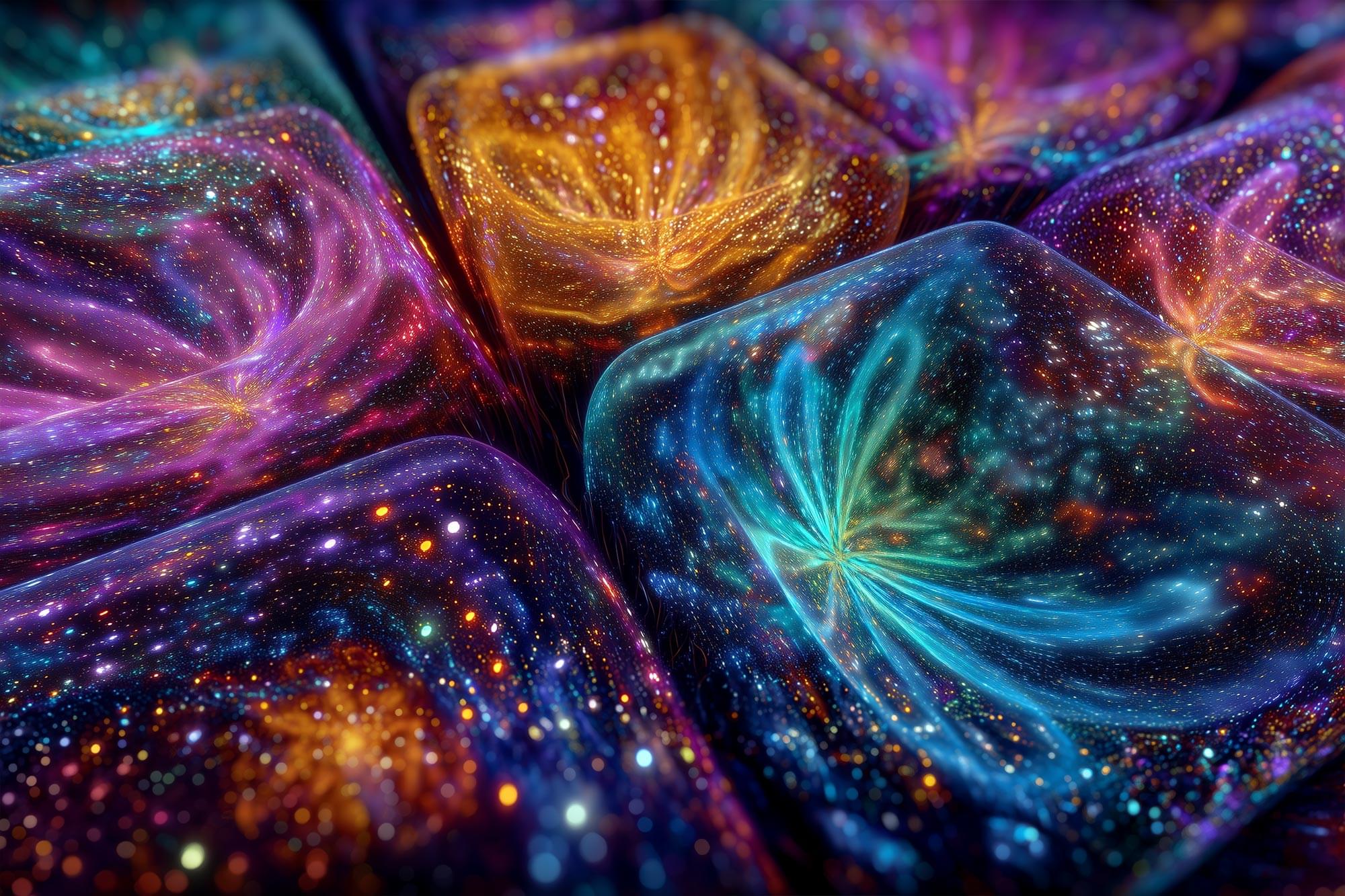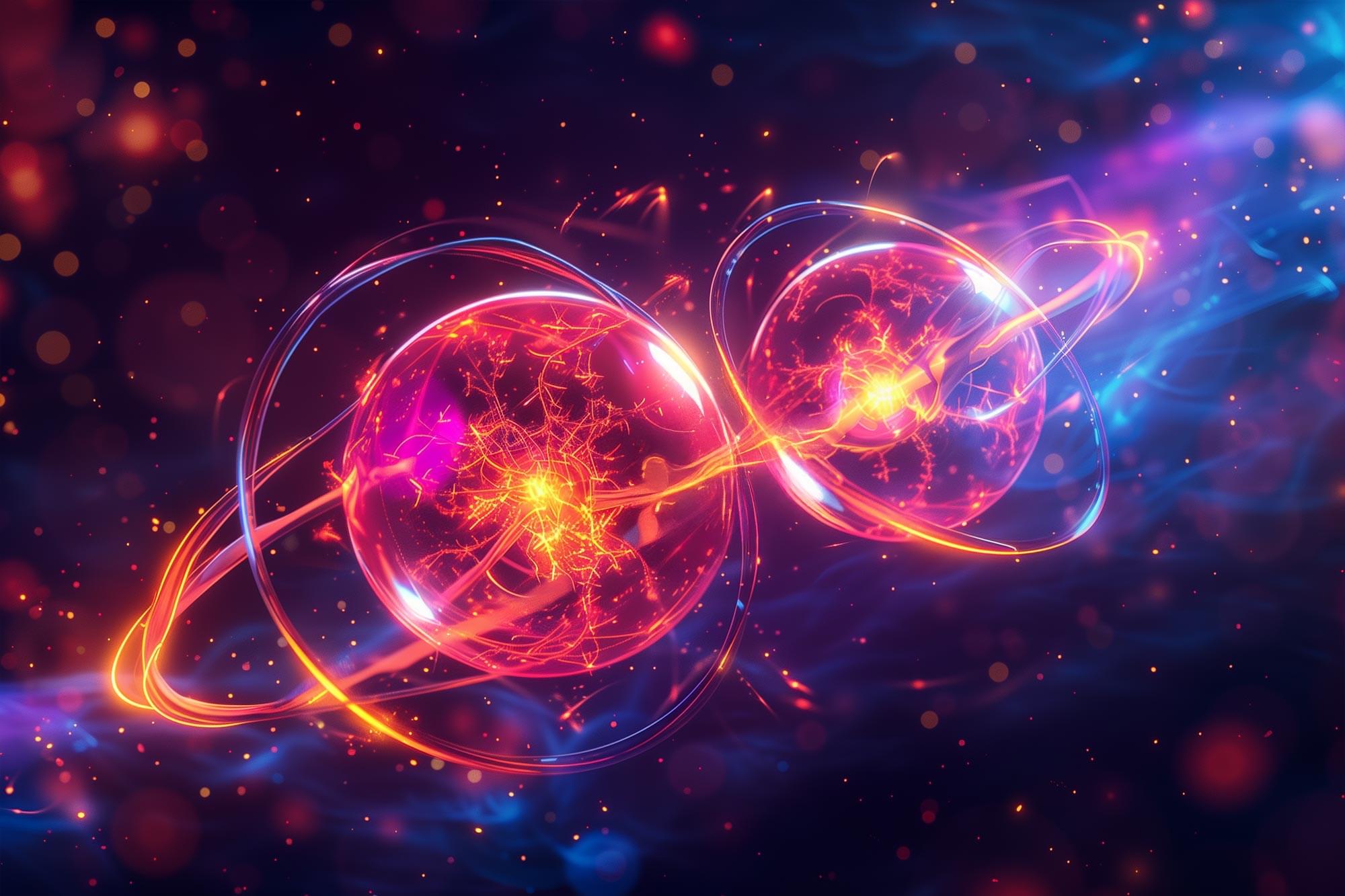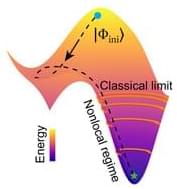In new research published in Nature, Weizmann Institute scientists introduce a powerful tool to explore quantum phenomena—the cryogenic Quantum Twisting Microscope (QTM).
Using this pioneering instrument, researchers have observed—for the first time—the interactions between electrons and an exotic atomic vibration in twisted sheets of graphene, called a phason. These findings shed new light on the mysterious superconductivity and strange metallicity that emerge when graphene sheets are rotated to the magic angle.
The fundamental properties of materials depend critically on their underlying particles—the flow of electrons governs electrical resistance, and atomic lattice vibrations, termed phonons, drive heat conductivity. However, when electrons and phonons are coupled, remarkable new phenomena can emerge.
